A familiar presence for Domus, rarely does a Milan Design Week pass by without us being able to meet talented loose cannon of Dutch design Maarten Baas, to exchange impressions on the temperature of the scene, and on where it seems to be heading.
Still, we realize that with Baas we can go further: his personal and professional path – that we associate with the apparent instability of Clay furniture, or the big Real Time public clocks with their destabilizing messages – has run enough miles to gift him with a critical distance from the present, and few miles enough not to culturally consign him to twentieth century, now a matter of historical inquiry. With him, beyond commenting the specific moment, we can afford reasoning about the state of the design system in the last two decades, whether and how it has changed, whether it is still accessible and incisive: also a generational reflection, therefore, for which we hear the demand coming from different directions – in architecture, the 2023 Venice Biennale has proved this right – about how things can begin and what really are the much-invoked priorities.
Today, Baas positions “somewhere between all kinds of disciplines like design, art, performance theatre: I created my own stage from where I can tell my stories. I didn't really have that many expectations, or dreams, stills. Even today, I don’t have any plans or strategies, ideas on how I want to evolve. It's always going step by step”.
.jpg)
Baas considers the Smoke series – a fumigation, or more properly an arson and restoration, of design icons – as his debut, as it was his both his graduation work and a worldwide breakthrough; still, about a year before, a small project of his had already ended up in the Droog design collection: “For me as a student, that was the first time I really felt ‘OK, this is what I want to do’; I wasn't listening to my teacher anymore that much – had got stuck at the Design Academy trying to guess what my teachers would want – then spent a couple months in Milan for an exchange: I didn't do that much at the Politecnico, but taking some distance from the Academy gave me some courage when I came back. So, after that Smoke came, and my graduation, then Clay furniture in 2006: to me, this was a very personal and vulnerable collection, at that time nobody made those kind of imperfect, slick, unfinished-looking production. But it wasn't easy, there was a lot of attention and pressure as I was the new kid in town. And so I had to kind of prove myself right with a furniture collection I wanted to be playful, naive and clumsy”.
.jpg)
Success would eventually come, taking Baas form new kid to cool kid, and the Real Time series would appear a little later: all series are still being implemented today, with new pieces and models. But could such a similar thing still happen to design students form the present day?
“It would go in different ways” Baas says “as nowadays you have much more social media so then you would be more active in that that way: when I did it, there was no social media. But on the other hand, Milan was smaller so it was easier to make a difference in Milan without too much budget or whatsoever.
After the first launch, all the other exhibitions were initiated and paid by myself: there was always a risk quote, every time that could have been my bankruptcy, so it was quite hard for getting into it. Still, 20 years ago, I was lucky enough to be in that path. it was always a few of us, of course. Nowadays, it's hard to stand out in Milan, unless you have half a million to spend; moreover, the way to go would be much more through social media and brand collaborations rather than solo exhibitions, and I see some young designers leaning a lot on this and doing real well, like Sabine Marcelis, a good friend of mine”.
.jpg)
We can’t help but ask ourselves some questions on whether local design scenes and epicenters can still thrive and make sense in such a context, or not. Baas has some clear position about it: “I think the Dutch scene is still quite strong. Dutch Design Week, in Eindhoven, is always a very important spot for many young designers, very versatile, more experimental and less industrial.
And scenes still do make sense, I was very curious if anything would change after the pandemic, but I have a feeling it's exactly back to where it was. Take Milan, for instance, the unwritten rule that everybody has to come there has survived, and I think that's nice, because then you are sure everyone will meet there, and we need to physically see each other, to experience each other.
If one thing has changed, it’s how big it has become and how hard to stand out, taking away all possible daredevils and young talents with no industry at their back”.
And when it comes to industry, the quintessential “Baas way” to design comes out: “Occasionally” he says, “production companies come to me to make a new product but I'm not so much interested in it: I mostly only design something if I need it myself. And mostly I like my own designs otherwise I wouldn't make it”. The Dutch designer has positioned his practice as both a reference and a critical counterpart for industry and its mainstream themes and rhetorics such as the sustainability discourse as the design industry can express it.
I think I participate in the system which I also criticize. So I said I wanted a private jet as a symbol of luxury and consumerism versus these recycled materials, a paradox. And they had the guts to actually let me do that.
Maarten Baas
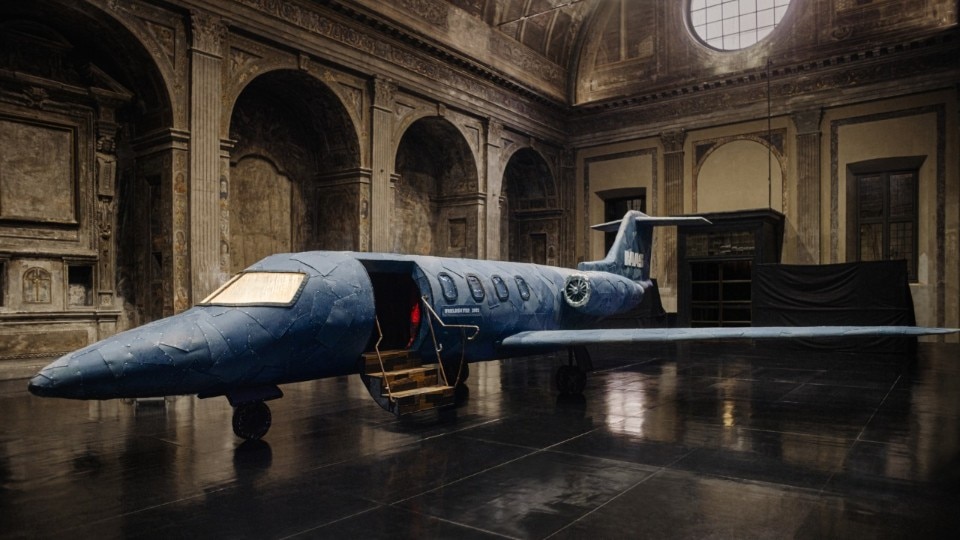
For the 2023 Milan Design Week, his collaboration with a denim streetwear brand was both innovative and provocative, with a collection of cabinets made of recycled denim, but also a real-scale private jet, made of the same material and placed in the middle of a baroque church: “They asked me to work on their materials with kind of a carte blanche, they just want me to make something. The material had good aspect and production path, and I could make cabinets, recycling both the material and the shape itself of jeans. But there would a big elephant in the room that we knew not being sustainable, and I don't want to be used as a designer bringing any kind of green message, I work on this duality that is inside people as an artist, I always played a little bit with the love-hate relationship that I have with consumerism and scenes like Milan: I think I participate in the system which I also criticize. So I said I wanted a private jet as a symbol of luxury and consumerism versus these recycled materials, a paradox. And they had the guts to actually let me do that. As a brand, instead of acting as if you're saving the world, maybe you just really present your dilemma, say that boldly, we know that you're trying and that you're well on your way but the audience is done with the game. This was a much stronger and more honest statement than just another recycled product”.
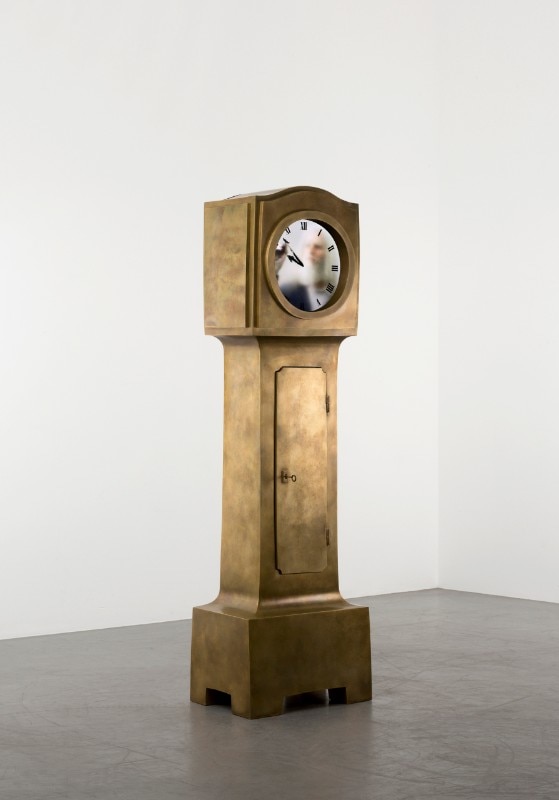
It’s a lot about ethics of work, saying a lot about contemporary conditions and positions about work itself. As we did with Japanese architect Kengo Kuma, we wanted to know more about how and most of all where a designer works: “I don’t even have an office” Baas has said “I float around with my laptop, working either from home or from a warehouse where I concentrate some activities – but my role in it is really going from one to the other, sometimes it’s physical work, sometimes it's just talking with a client or being somewhere with my laptop or phone. There’s not really one place or typical day or way of working: there’s versatility in doing a bit of this, a bit of that and then connecting it all until it gets somewhere”.
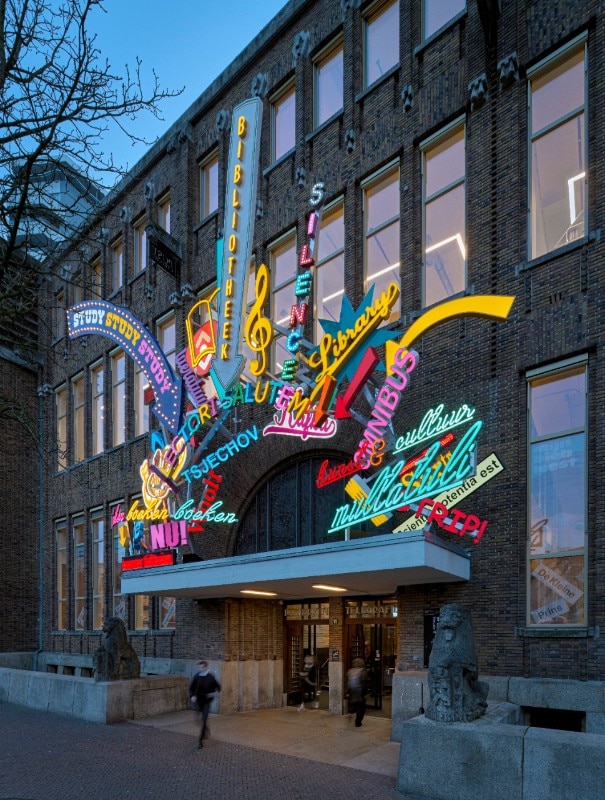
In such scenario, all the different works Baas is working on, exhibitions, private commissions and public works expressing such multiplicity and playful versatility in tackling even tough challenges, marked by a high intellectual value. It recently happened with the Intellectual Heritage project, for the façade of the Utrecht library: “They commissioned me a work for such monumental building in the middle of such a double-identity city, very severe and quiet on one hand, bustling with university students on the other. Same character for the project location, a square that is always used for parties and drinking, busy with bicycles and everything, on which the library, with its clichés of silence and concentration, stands. And I liked to play with such contrast, so I strung Las-Vegas neon lights on the façade, made of all kinds of intellectual words, or references to famous writers, philosophers, Latin texts; almost a cacophony which still has a meaning”, like the word “now” being repeated obsessively and also being the title to a Dutch poem from 16th century.
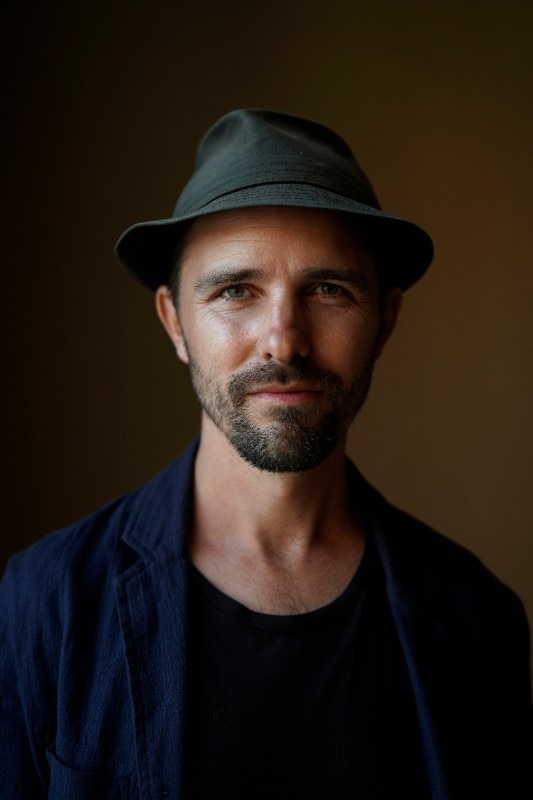
It turns out to be a matter of personal positioning taking its shape from filtering all the contextual stimulus and inspiration coming from the present: this is why we were not too interested in asking Baas about his “references” in a conventional way, and he would in fact confirm: “You know, it started with Juergen Bey, Droog design, a teacher whose work, speech and thought I really liked. Then, ever since there have been various artists and designers, but also kind of bits and pieces ,it’s not like one whom I totally follow: the link between the works that I like and the work that I make myself is a combination of a certain lightness and some deeper layers. I often buy for myself works by other artists, and often there's humour involved, I can’t help it. It’s accessible, I’m not into abstract art”.
Music? “Tom Waits. My favourite music and also my favourite character in music, with the different layers of his work”.


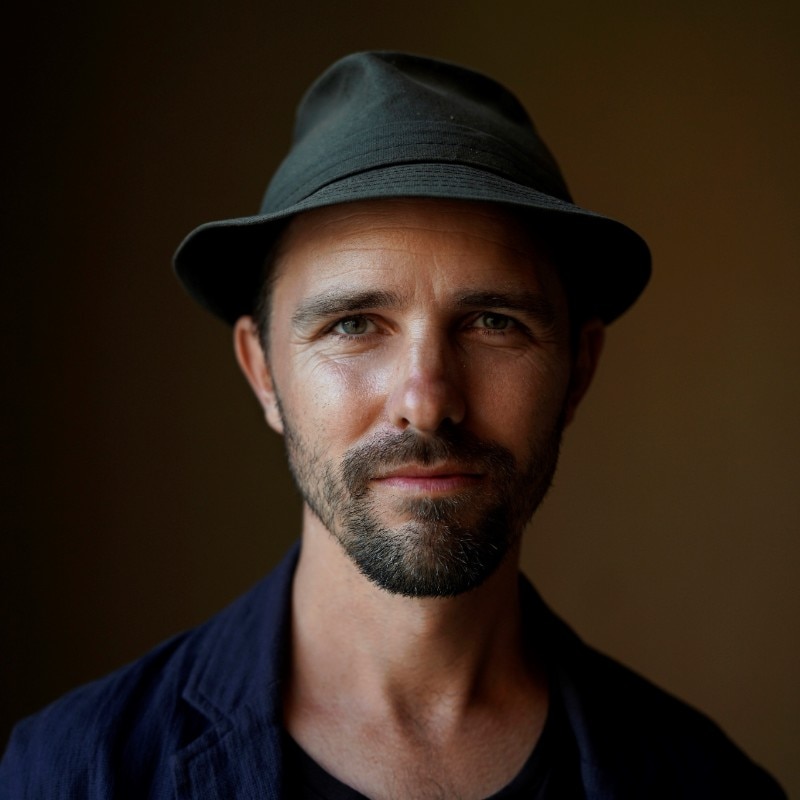

.jpg.foto.rmedium.png)
.jpg.foto.rmedium.png)
.jpg.foto.rmedium.png)
.jpg.foto.rmedium.png)
.jpg.foto.rmedium.png)
.jpg.foto.rmedium.png)
.jpg.foto.rmedium.png)
.jpg.foto.rmedium.png)
.jpg.foto.rmedium.png)
.jpg.foto.rmedium.png)
.jpg.foto.rmedium.png)
.jpg.foto.rmedium.png)
.jpg.foto.rmedium.png)
.jpg.foto.rmedium.png)